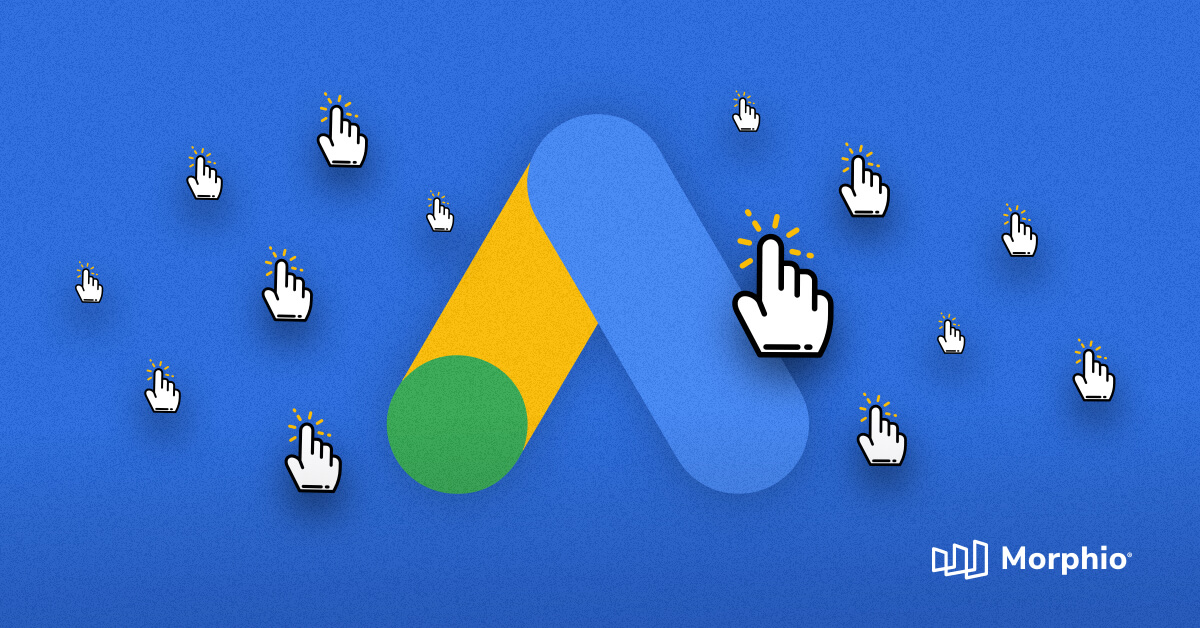
So the status of your Google Ads campaign is Eligible (Learning) – there are few more terrifying words a performance conscious digital marketer can hope to encounter. So why does the learning phase happen? What does it mean? And what can you do to avoid the, often inevitable, dip in performance?
What is Eligible (Learning)?
In some ways Google Ads is never not in a learning phase. It’s best to think of your interactions with Google Ads like giving the algorithm an assignment. You let it know your audience, your keywords, your budget, and what you consider to be the result you’re looking for. It then incrementally learns the best way to deliver to that audience, within that budget, in order to get that result. It will continue to learn based on your conditions and the response it observes in the market and – theoretically – its performance will improve as it learns more and more.
If you then suddenly change the assignment, Google Ads figures all the learning it has done to date is no longer relevant. It needs to start from scratch. It starts to regather data based on the new assignment you’ve set and, starting from 0, your performance might tank until it has gathered enough data again.
My campaign is in a learning phase, what now?
Just wait. Unfortunately you should expect performance to drop throughout the learning phase. Cost will fluctuate, traffic will vary, and conversion volume will be unpredictable. Google has said that your spend may go down by 50% while it adjusts to its new assignment.
So how long does that take? Well the initial learning period will last about 7 days from the point you made the significant change – the reality is that it might take longer than that to build back to where you were, often a function of media spend.
What causes a campaign to go into a learning phase?
Anything that changes the target result or significantly changes the structure of the assignment – so that includes:
- Implementing a different bid strategy
- A budget change of around 20% or more
- A change in your conversion set up – either your tracking or adding/removing conversions
- You recently set up conversion tracking or changed your conversion bid metric.
- Significant change to structure – mostly changes at more granular levels (keywords, ad groups, or ads) will not put you back into the learning phase. But enough big changes at once might.
What should I do?
Consider the assignment
Obviously the best way to avoid pushing a campaign back into learning mode is to set it up right in the first place. Don’t rush a campaign set up. Really consider the assignment and what signals you are going to give the algorithm. Plan from your tracked conversions and work backwards, ensure that every data point: from the conversion on your site, to the settings in your campaign are aligned.
Save up changes and batch
There is no avoiding the learning phase completely, at some point you’ll probably be in a position where pushing for greater performance means a significant change. But being aware of the things that can cause a campaign to go into the learning phase is half the battle – you can ensure you won’t do it accidentally, and you’ll know when you’re likely to need to go over that threshold and plan accordingly. Collect up changes you want to make and execute them all at once. Plan for a single learning phase with lots of changes rather than dragging it out.
Careful around budgets
By far the easiest way to slip into the learning phase is absent-mindedly changing budgets and going beyond the 20% threshold. Managing your Google Ads budget should be ongoing and when you need to make changes, plan accordingly. Move the needle gradually over days or weeks, not all at once. Morphio’s budget monitoring tools are designed specifically to ensure you are tracking accurately against monthly totals and can avoid having to make changes late in the month in order to account for underspend or overspend.
Keep conversions stable
Conversion actions are the final – and most weighty – point in the feedback loop. It can be easy to get caught up in the many different ways to identify types of conversions so you can get a clearer picture of how audiences meaningfully interact with your website. As always, consider what signals you’re sending the algorithm – not all conversions are equally important.
In Summary
We are just going to have to accept that the learning phase is inevitable and a part of using Google Ads effectively. The best thing we can do is plan ahead. Spend time with your initial planning and campaign setup to ensure that campaigns are properly structured with objectives and targeting that is unlikely to change significantly. If learning-phase-triggering changes become necessary, plan that too. If you suspect you’ll break the threshold, then break it all the way and batch together a number of changes to minimize drawing out the impact on your campaigns’ performance.
And lastly, talk about it with stakeholders. The learning phase is an inevitable part of being a digital marketer, so educate your clients or internal stakeholders, tell them how it works and the measures that are required to minimize its impact. Knowing the existence and implications of the learning phase can save you headaches later on.